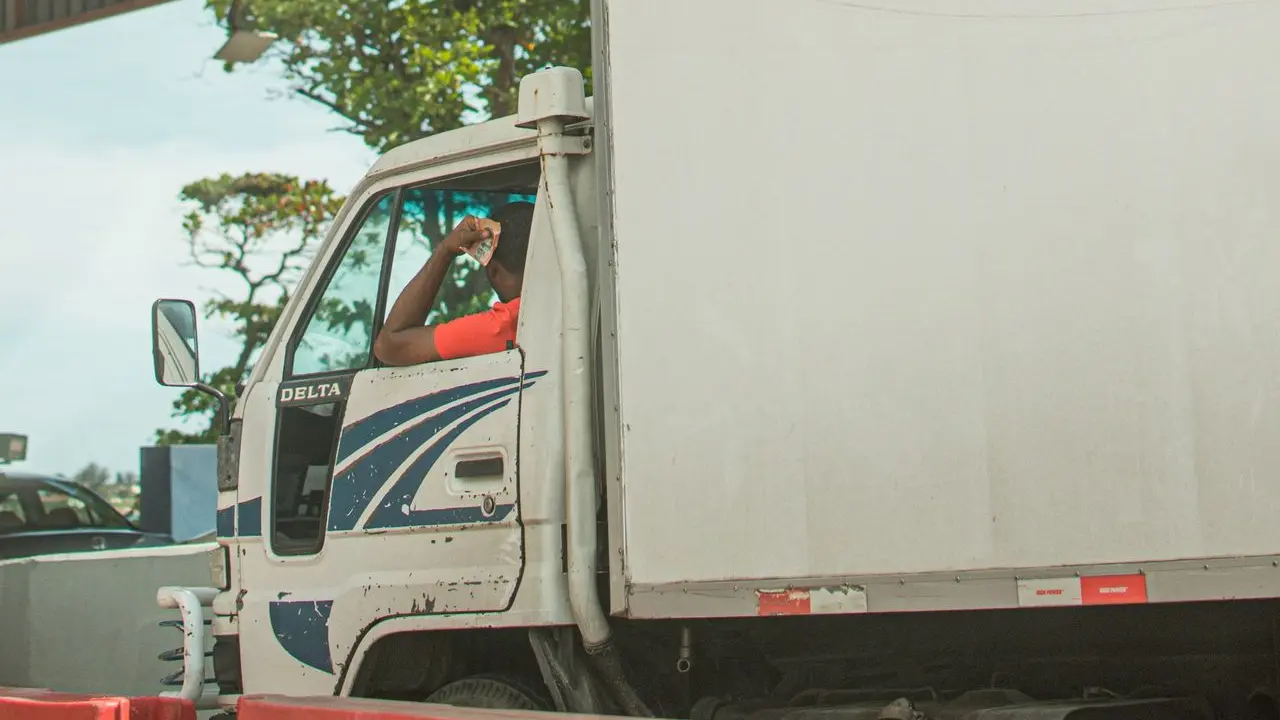Vehicle Classification and Tracking System
Advanced tolling solution
The Vehicle Classification and Tracking System (VCATS) is an advanced tolling solution that offers precise vehicle detection, classification, and image capture within a compact overhead enclosure. Utilizing proven vehicle capture and recognition technology, VCATS effectively tracks vehicles throughout a toll zone, classifies them using sophisticated artificial intelligence, and automatically captures license plate images without the need for in-ground sensors.

Features
Accurate Vehicle Tracking
Provides precise detection and tracking of vehicles throughout the toll zone, ensuring reliable toll collection and enforcement.
Enhanced Classification
Uses AI-driven algorithms for accurate vehicle classification, improving the accuracy and reliability of toll operations.
Simplified Installation
Compact and all-encompassing design simplifies installation and maintenance, eliminating the need for in-ground sensors and extensive wiring.
Improved Monitoring
Internal control and sensor systems allow for enhanced remote monitoring and access, ensuring optimal performance and quick issue resolution.
Adaptability
Suitable for various tolling environments, including Open Road Tolling (ORT) zones, and can handle complex scenarios like straddling and lane-changing vehicles.
Solutions
All-Overhead Design
Integrates vehicle detection, license plate image capture, and classification technology within a single compact enclosure (26” x 14” x 10”).
Advanced Imaging
Equipped with front and rear automatic license plate recognition (ALPR) cameras and a fisheye dome camera for comprehensive vehicle tracking and classification.
Neural Network Classification
Utilizes convolutional neural networks for reliable profile-based classification and axle counting.
Redundant Processing
Features high-power system-on-module processors for redundancy and enhanced performance.
Wide Detection Range
Capable of detecting and tracking vehicles across a 180-degree field of view, accommodating various directions of travel.
Minimal Infrastructure Requirements
Requires only AC power input and a single Ethernet communication link, reducing the need for extensive infrastructure.